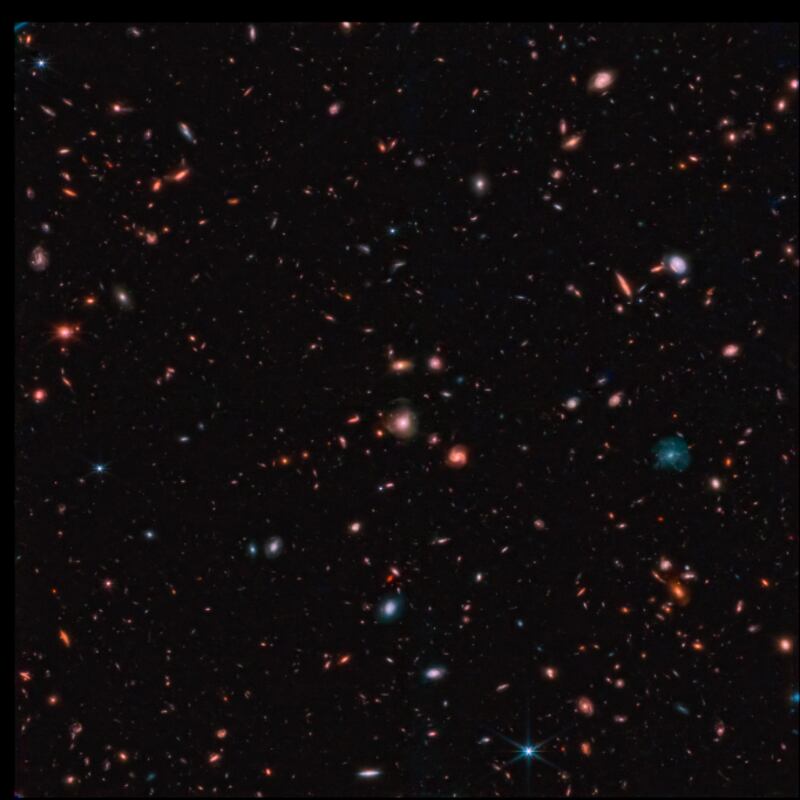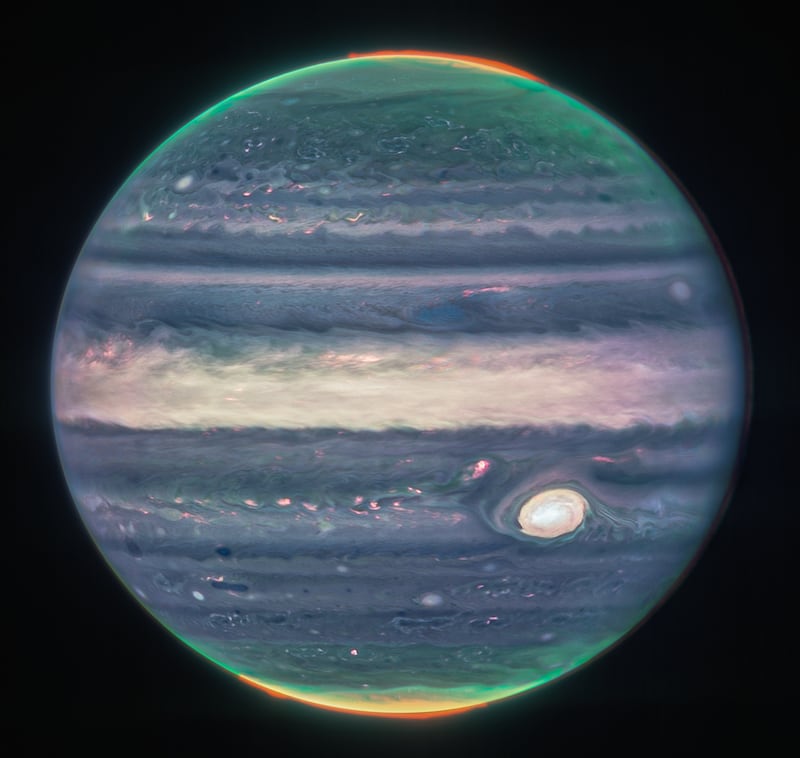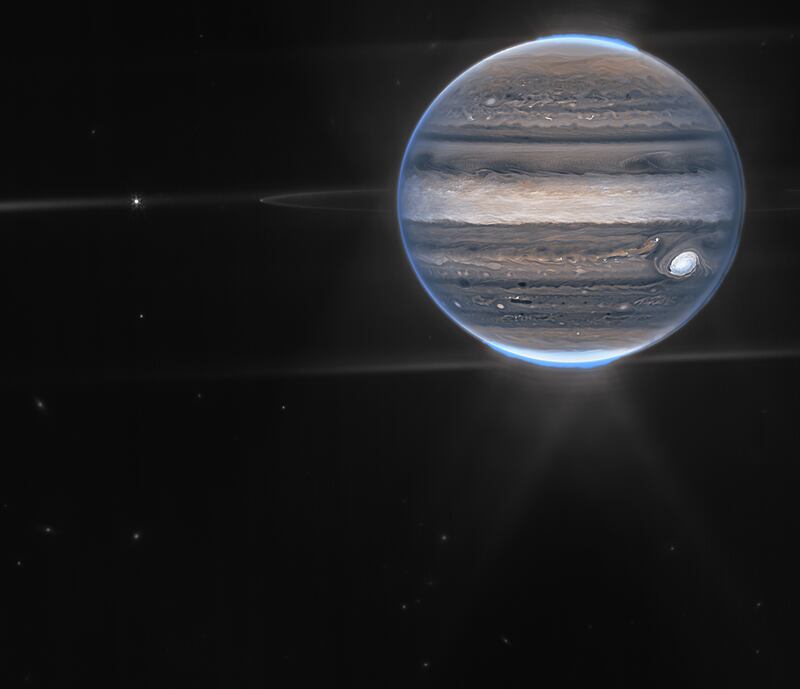An enormous colour mosaic made up of images captured by the James Webb Space Telescope has been released.
Collectively known as Epoch 1, the image is the largest one yet made using data from the world’s largest space observatory.
The mosaic is made up 690 individual frames taken with the telescope’s near infrared camera ― a science instrument that captures radiant energy from objects that are invisible to the human eye.
Scientists with the Cosmic Evolution Early Release Science Survey (Ceers) produced the mosaic using Webb’s data.
“Epoch 1 covers less than half of our total survey area on the sky and already the images have led to new discoveries and an unexpected, but not unwelcome, abundance of never-before-seen galaxies,” Ceers said.
The mosaic covers an area of sky about eight times as large as Webb’s first deep field image released on July 12.
It shows many wonders of the universe, including a spiral galaxy, a large number of blue star-forming clumps and star clusters, interacting galaxies and supernovae – explosions of stars.
The $10 billion Webb telescope was launched on Christmas Day and since then has been sending back unique data on the universe, including the solar system.
Scientists around the world are using its data to deepen their understanding of the early universe.
It is much more advanced than the Hubble Space Telescope because of its breakthrough technology, design and its location in space, which allows it to see much farther.
The telescope is equipped with sensitive cameras and spectrographs that can capture light directed into them by its huge golden mirror.
It has been developed by Nasa with its partners, the European Space Agency and the Canadian Space Agency.
The first image from the telescope was revealed by US President Joe Biden on July 11. It showed the galaxy cluster SMACS 0723 as it was 4.6 billion years ago.
On July 20, it detected the oldest known galaxy in the universe, called Glass-z13, which was formed about 300 million years after the Big Bang 13.8 billion years ago.
This breaks the record set by its predecessor, the Hubble Space Telescope, which spotted GN-z11, a galaxy that was formed 400 million years after the birth of the universe.










